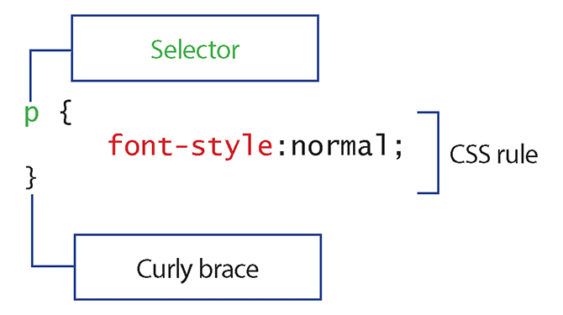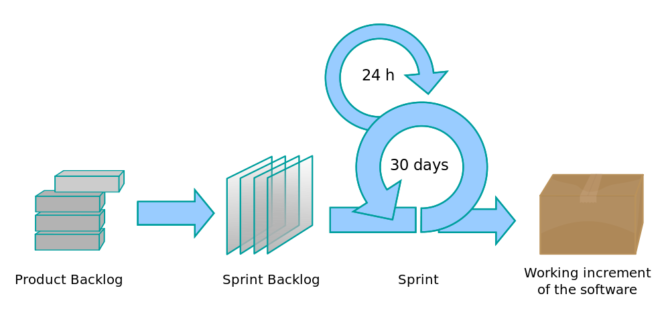Website design and development is the 21st century's factory job: good pay and benefits, decent working hours, and the prospect of advancement. We'll show you which essential skills you can start learning now to get a jump start into this exciting field.
The internet is foundational to the way we work and play today -- whether it's using digital interfaces, spending our days coding, or shopping at 3am in bed. Some knowledge of web development is becoming an essential skill for the modern knowledge worker. Those who grasp how to create in this industry are the ones who'll be the most competitive and secure in the 21st century.
We'll list the fundamentals of this field, and leave you with a great footing to go forward.
1. HyperText Markup Language, Version 5 (HTML5)
A web developer uses HTML to author web pages. It is both a language and set of technologies that make the modern web work and is able to support rich interactive and multimedia content. The new version, HTML5, provides for many more options and capabilities than before.
You need a solid knowledge of HTML because it's the foundation of web content, and your skill in HTML5 will determine how well you can master the other technologies that work with it. Luckily for you, we have an HTML5 primer ready to go.
2. Cascading Style Sheets, Level 3 (CSS3)
CSS is used by a web developer to supply the visual look and feel of the website to the browser. The current practical standard is CSS Level 3. "Modules" carrying level 3 that are in the stable phase of development are worth learning. Many modules in "testing" are in the wild, too. One of the most important and recent is flexbox. While creating complex layouts in the past was difficult, flexbox set a new standard that all developers are moving to embrace.
You can see how HTML5 and CSS3 work together by following along with some of the tutorials we reviewed in 2015.
3. JavaScript (JS)
JavaScript makes web pages interactive. HTML5 is responsible for what a web page contains, CSS creates its look and feel, but only JavaScript tells a web page how to behave. Without JavaScript, web pages would be static and unchanging.
JavaScript is the last of the trio of technologies that web developers use to create the "the front-end" (the part of the website you see and interact with).
Asynchronous JavaScript and XML (Ajax)
This is less a separate technology than a way of using JavaScript to create web applications with enhanced interaction. Ajax downloads data in the background (asynchronously) and allows a page to automatically update without entering a refresh-and-wait cycle. Gmail, Google Maps, and Google Docs all make heavy use of this technique. You can learn more on the Mozilla Developer's network.
4. PHP Hypertext Processor
PHP is a server-side scripting language that web developers use to generate dynamic pages on a server -- the server runs a program and then sends the output to your browser. PHP will generate the web page in part from the contents of a database (pictured below).
PHP is one of many server-side solutions for the same use. Others in this category include: Java, Ruby on Rails, Asp.net, Python, and Perl.
However, PHP is fundamental to the WordPress content mangement system, which is behind almost a third of the websites on the internet. It's also within Drupal, Facebook, Magento, and Slack.
While each language has its pros and cons, there's no doubt there's plenty of applications for it once you learn PHP.
5. Structured Query Language (SQL)
SQL is the name for a family of languages that talk to a database, which stores the bulk of the information needed for a website these days. MySQL is one of the popular variants, both because it is open source and because it performs well in average conditions.
You can practice writing SQL on your own computer if you have MS Office installed.
6. Version Control Systems (VCS)
Version control is a set of practices for structuring changes to code. Version control solves the problem of being unable to understand which change to a codebase created a success or a failure. By tracking the changes to code in a branching diagram, website programmers can understand when the code became broken and for which reasons.
Git is the most widely-used softwares for version control. GitHub is one of the most popular places on the internet for developers to talk and compare notes, so it's well worth the time to understand this vital tool and become a part of a larger community of coders who are exchanging ideas and code.
7. Agile Methodology
Agile methodology is less a technology than it is a technique of development. It stands in contrast to what was the standard: sequential (or "waterfall") development. This traditional method of development runs from a beginning phase of design, moves through development, to testing, and finally into release and then maintenance. Agile methodology is meant to address the perceived static and inflexible order of these steps.
With Agile, iteration and evolution hold more importance than sequential progression does. While a "waterfall" might go only one way (down), Agile is more cyclical. The most widely-practiced Agile method is SCRUM, and if you are interested in working in modern software development, it's expected that you have at least a passing familiarity with this style of working.
Conclusion
While there are many more than eight programming skills that website developers should know, you'd be remiss if you didn't understand the basics of each of these eight.
So what are you waiting for? Have you started teaching yourself web development already and have a different approach? We want to hear from you in the comments below!






